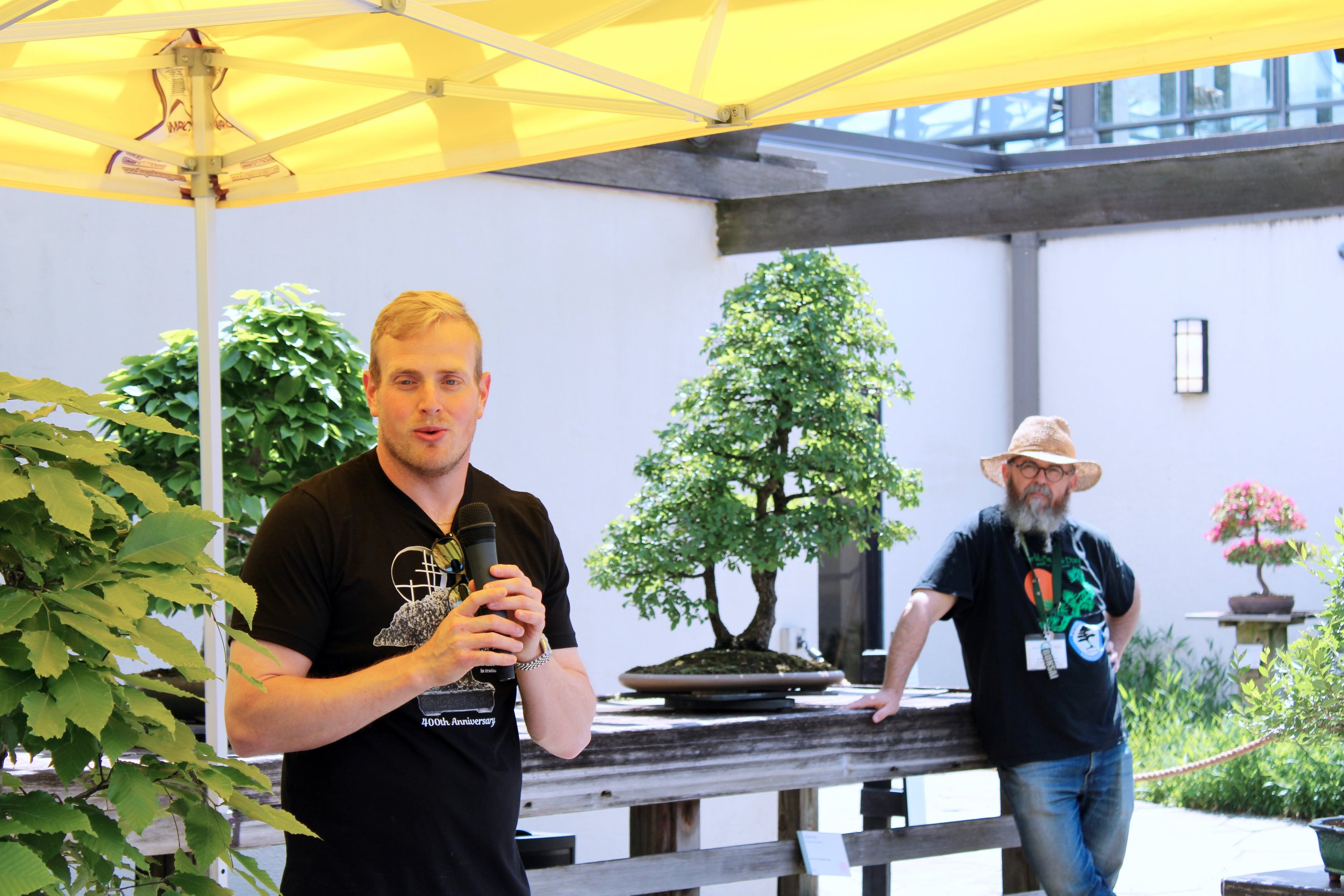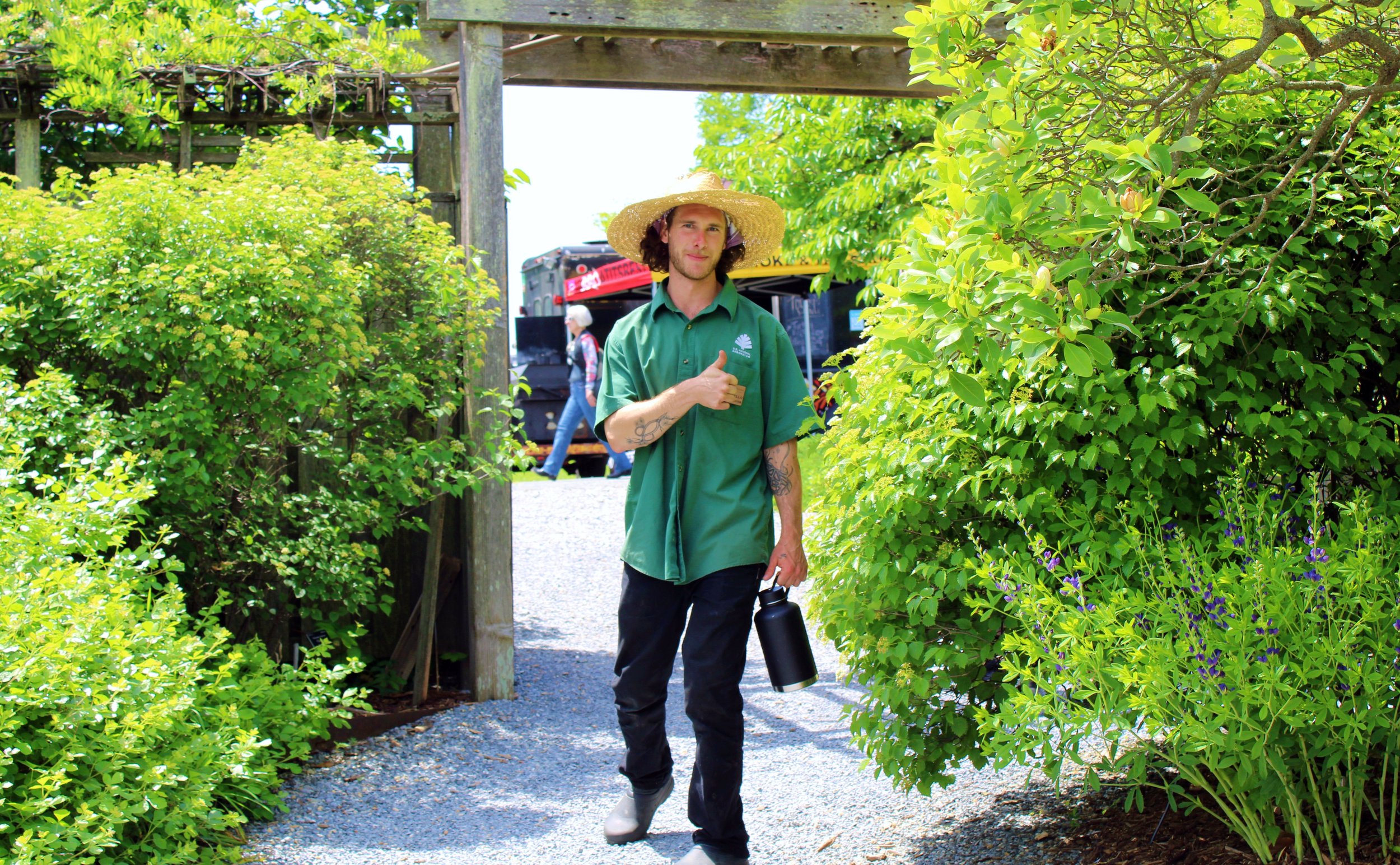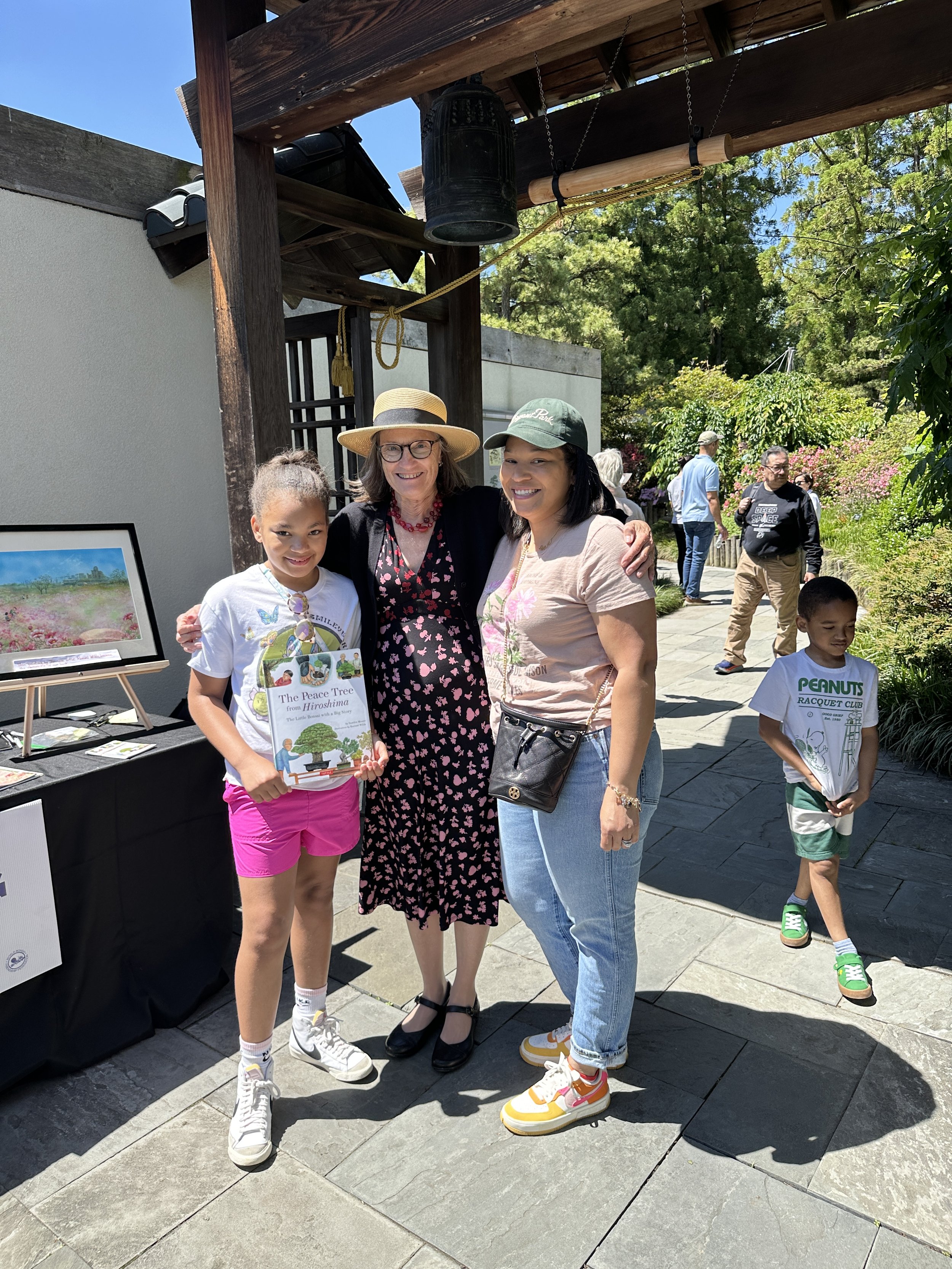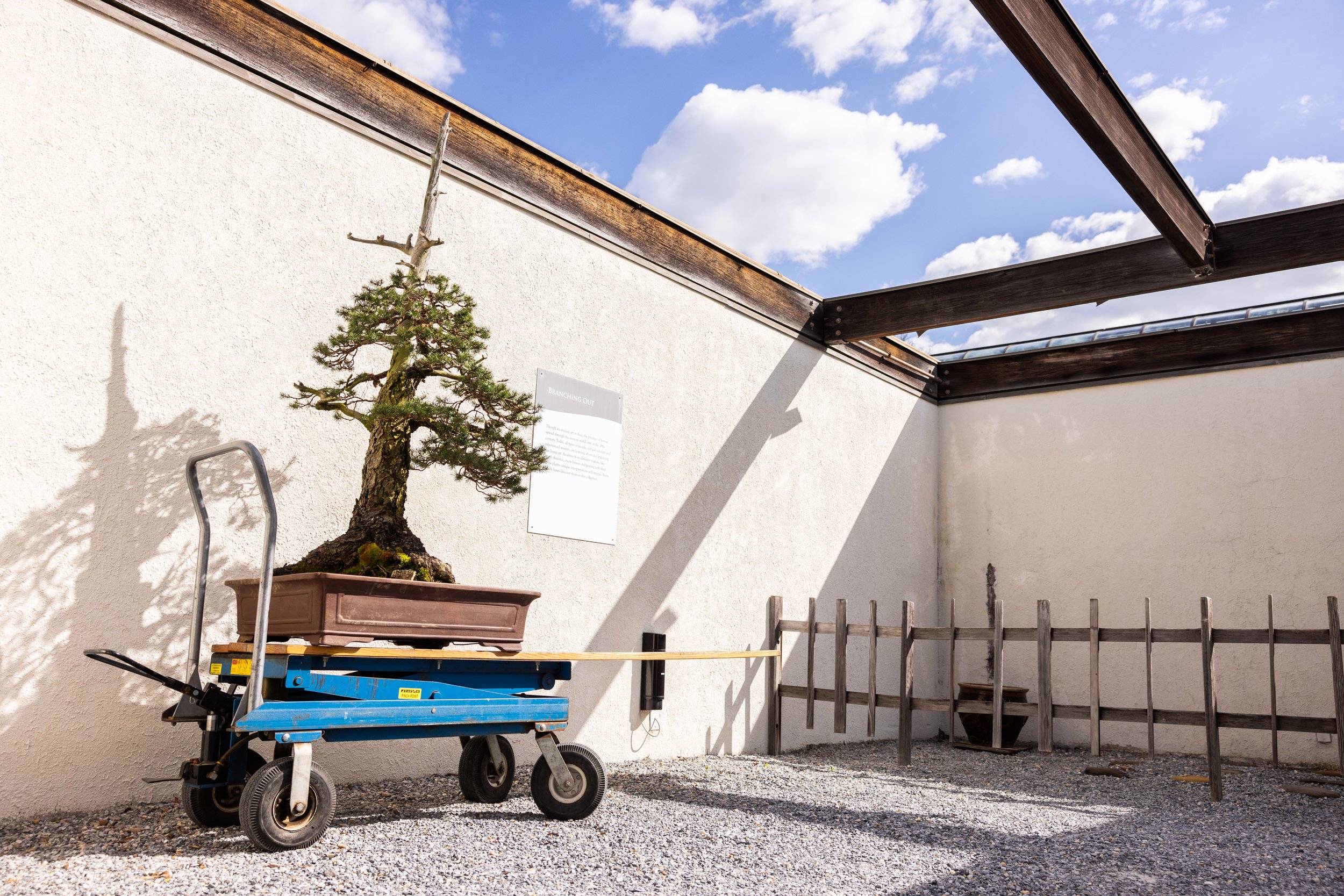Dear Friends and Supporters,
After more than 40 years of service, the National Bonsai Foundation (NBF) will conclude its operations at the end of this year. We are deeply grateful to everyone who has sustained our mission to support and safeguard the National Bonsai and Penjing Museum at the U.S. National Arboretum and to preserve and promote the art of bonsai in America.
This decision, reached after careful deliberation by our Board of Directors, marks an intentional transition that is rooted in our commitment to the art of bonsai. As the landscape of support for the traditional arts continues to evolve, now is our moment to pass the torch. For several years, the U.S. National Arboretum has been moving toward a new operational model that consolidates nonprofit engagement under a single partnership. As that vision is now being realized, and with the Arboretum’s designation of Friends of the National Arboretum (FONA) as its primary partner, the time is right to conclude our operations and ensure a smooth, unified path forward. We will direct our remaining resources toward the ongoing upkeep of the Museum, and to uplifting the next generation of individuals and organizations who carry this living tradition forward.
What Comes Next
As part of our closure, we are taking great care to use our remaining resources to support the art of bonsai in meaningful ways. The legacy of the National Bonsai Foundation will branch outward into new programs, fresh perspectives, and shared stewardship of this living art. We are confident that FONA, a longstanding advocate of the Arboretum and now its single nonprofit partner, will continue to support the National Bonsai and Penjing Museum.
To ensure that the funds entrusted to us are used responsibly and effectively, we will transfer the majority of remaining assets to FONA to directly support the National Bonsai & Penjing Museum and ongoing bonsai education. These funds will be specifically dedicated to the continued care, growth, and improvement of the Museum, including future capital projects, program development, and public engagement. This support will help preserve the Museum’s world-class bonsai collections, enhance the visitor experience, and ensure that the art of bonsai continues to thrive in the nation’s capital.
We will also distribute a small percentage of the remaining funds to several organizations that share our commitment to advancing the art of bonsai: the American Bonsai Society, the Pacific Bonsai Expo, the Potomac Bonsai Association, and the North American Bonsai Federation. These are organizations with whom NBF and the Museum have had longstanding relationships, and whose ongoing work reflects the values and spirit we have sought to nurture. They will continue to cultivate appreciation for this living tradition at the grassroots level, as well as generating ongoing support for the Museum.
Looking Ahead
If you have questions or reflections to share, we welcome them. For questions during this final phase, please contact Bobbie Alexander at balexander@bonsai-nbf.org.
Questions about future support and stewardship can be directed to Claire Alrich at FONA at calrich@fona.org.
Our work to nurture the arts of bonsai, penjing, and suiseki over the past four decades would not have been possible without you. We are proud of the roots we planted together, and we are deeply grateful for your help growing them into a living legacy. Your generosity and shared belief in this mission have cultivated a thriving community that will carry the tradition forward, as FONA is committed to honoring our dedication to the art of bonsai.
We are confident the Museum will continue to thrive in the care of FONA, in partnership with the U.S. National Arboretum. We encourage you to continue to support the Museum as you have generously done in the past, and you should expect to receive communications from FONA in the near future. With your dedicated care, the Museum will flourish for generations to come, inspiring new audiences to discover bonsai no kokoro — the enduring spirit of bonsai.
As we conclude this work, we extend heartfelt appreciation for everyone who has contributed along the way. Thank you for continuing to nurture the spirit of bonsai, wherever it grows next.
With deep gratitude,
The Board of Directors
National Bonsai Foundation




































































































































